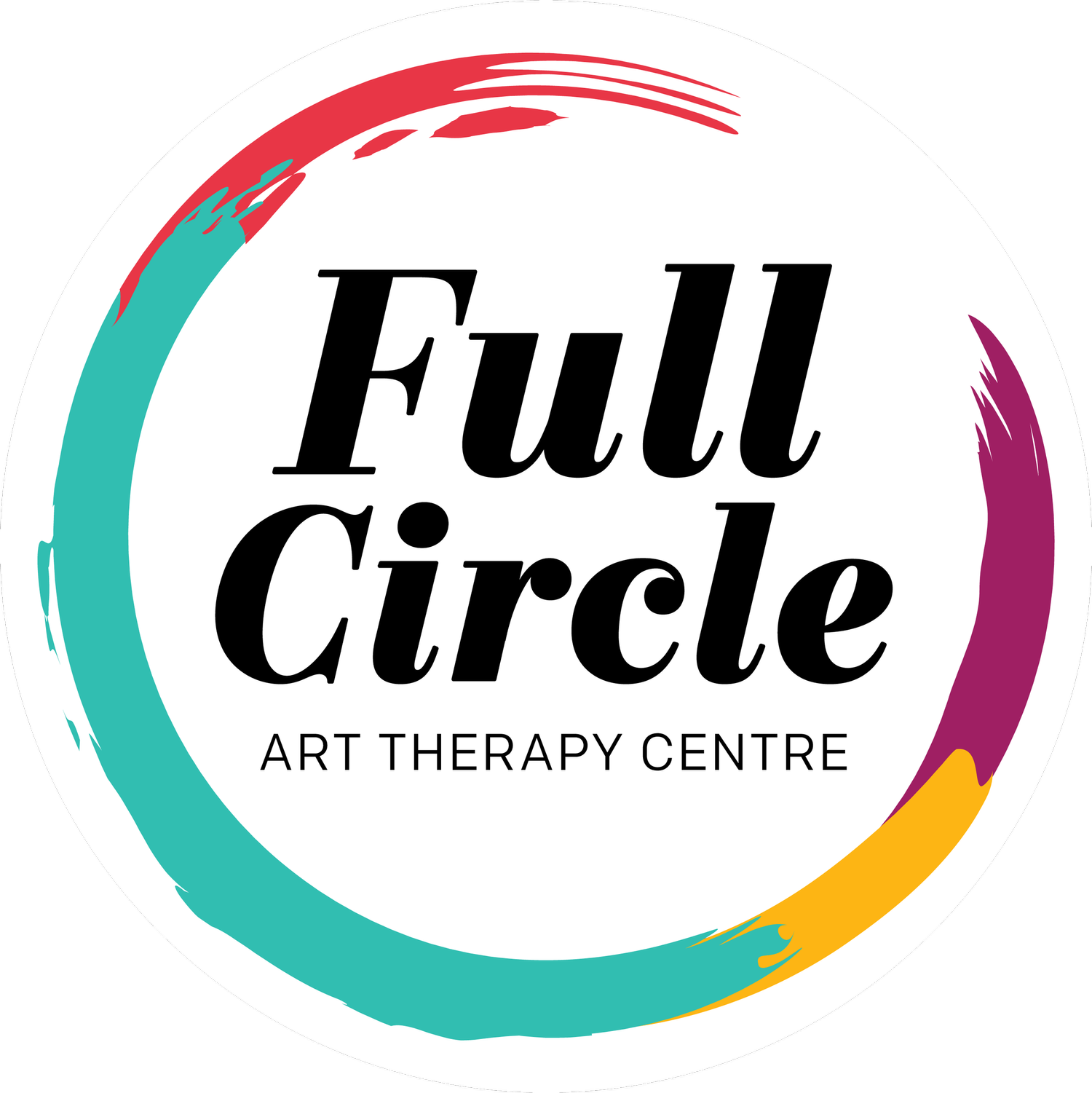What Does An Art Therapy Session Look Like?
Author: Ashtyn Ford
Do we just draw? Do you analyze my drawing? Questions I get asked a lot. In this blog post, I would like to walk you through what a typical art therapy session looks like with me.
I always like to start with a check-in, and we can either do that verbally or through an art directive and occasionally both. The verbal check-in lets me know how you are doing that day and any follow-ups to what we talked about from the last session (a question to think about or an exercise to try out).
The art directive check-in allows us to take a moment to pause and bring us to the present moment before we begin our session. An example of an art directive we may do is draw out how you are feeling at the moment. I'll ask you to look at the colour selection and see which colour best represents what you are feeling right now, then try to think of a shape, and we'll go from there.
Regardless of artistic technique level, that will usually be enough to understand better what you are feeling. We will then discuss the drawing, which generally lets us know what we should focus on for the session.
I then like to ask a little more about the session's focus, like:
How long have you been experiencing that? What was that like for you?
What is vital for you to know about this particular topic?
What are you curious about in regard to this topic?
After understanding a little more, this will give me a good idea of what kind of art directive will work well to achieve the goals we have set together.
This portion of working with the art can take between 2 mins to 20 minutes. It depends on how much time you want to spend on the artwork, what kind of art materials you are using and how much detail you want to add.
In-person session:
We have colour pencils, markers, watercolours, acrylics, clay, magazines for collages, different types of paper etc.
Sometimes, I will play some background music (if my clients prefer it) while creating. I find that helps us soothe the mind and get into the creating process a bit easier. Sometimes, we create in silence.
Virtual sessions:
Don't worry about having all the art material I mentioned above; if you only have a pen and pencil, that will work as well. If possible, I recommend having one coloured art material, as it gives us a better visual sense of what's happening.
Depending on the device you are on, you can point your camera towards the artwork and let me witness the art-making process, or you can draw it first and then hold it up to show me.
Some of my clients prefer to talk while drawing; some like to draw first and talk later, and some prefer that we both draw simultaneously. There are no right or wrong ways of doing this; it depends on what you are comfortable doing.
After completing the art directive, we will reconnect and talk about the artwork and the process. So some questions I may ask are like:
What was the process like for you?
How do you feel when you look at your artwork now?
If any part of it was unexpected for you?
We will then discuss the artwork more and see what opens up regarding different actions or mindsets in approaching this topic.
If it calls for it, we will do another piece of artwork to help solidify and follow through with what we've discussed and what changes you would like to make to the current situation.
In my personal experience, I find this part critical to my process, as it gave me space and safety to step back and see that I have options and I felt supported in making these changes.
We will usually end the art therapy session with a short reflection on what the session was like, summarize what we have talked about, and talk about any exercise I would like you to try between our sessions.
Our sessions might differ depending on your goals and needs. If you have any questions, please do not hesitate to book a free 15-minute phone consultation with an art therapist to see how they can help you.
